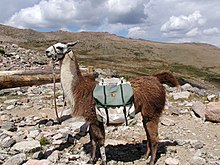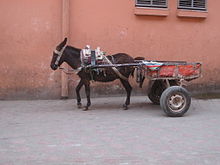I was at a food meeting yesterday at LLCC and Wes King pointed out that composting and fall crop covers are actually recycling of the ultimate sort. Taking organic matter and letting it turn back into soil and crops that will turned under in the spring are so to speak, nature’s way and direct recycling. This as opposed to taking stuff to a center where they then ship it off to an actual reprocessing plant many miles away. Since it is October what better things to discuss. First up composting at work and yes it can be done.
http://greenliving.nationalgeographic.com/compost-work-2971.html
How to Compost at Work
by Jeannette Belliveau, Demand Media
If you’re already conserving energy, reusing and recycling paper and purchasing green office products at work, the next big step can be composting on the job and using it to green the surrounding landscape. If your office property permits use of the grounds in this manner, you can compost on site, and if it doesn’t, you can still pursue other avenues to keep the compostable food waste from going into the garbage. (See References 1)
Getting Started
Assemble a workplace “Green Team” with committed leaders managing your office compost program (see References 3). Kick things off by publicizing your switch to a three-stream waste system, whereby the office will provide separate receptacles for trash, recycling and compost (see References 1, p. 98). An educational poster or exhibit near the lunch room can explain the program (see References 5). Place sealable containers for compost in your office kitchen, food preparation area or snack room. These can be 13-gallon kitchen waste cans or smaller lidded buckets (see References 3). Employees can add coffee grounds, tea bags, vegetable wastes and eggshells to these bin (see References 1, p. 126). Avoid adding meat and diary waste.
Process
A designated member of the Green Team can collect the food waste daily from the snack room and other collection points and place it in the central container or directly into the composter. It’s better to assign this duty to a Green Team member rather than custodial staff to better keep an eye on what is going into the composter, recommends the City of Portland Bureau of Planning and Sustainability. Your office may be able to switch to collecting food waste two to three times a week depending on how much volume you see. (See References 3)
Composter Types
Your composter set-up should match your needs and business aesthetics, recommends Trish Riley and Heather Gadonniex in “The Complete Idiot’s Guide to Greening Your Business (see References 1).” Options include a compost tumbler or plastic compost bins and digesters if you have access to garden space and want to avoid the tumbledown look of a loose or fenced compost bin. If you don’t have a yard or grassy area for the compost, you can use an electronic composter that dries and automatically stirs the compost or a worm bin. (See References 2, p. 20)
:}
More tomorrow.
:}







 Greenpeace marine biologist Paul Horsman shows globs of oil on a jetti at the mouth of the Mississippi River on May 17, 2010. (John Moore / Getty Images) As the EPA and BP fight over the Gulf oil spill cleanup, the Daily Beast crunches the numbers and ranks the most contaminated sites in the nation.
Greenpeace marine biologist Paul Horsman shows globs of oil on a jetti at the mouth of the Mississippi River on May 17, 2010. (John Moore / Getty Images) As the EPA and BP fight over the Gulf oil spill cleanup, the Daily Beast crunches the numbers and ranks the most contaminated sites in the nation.
